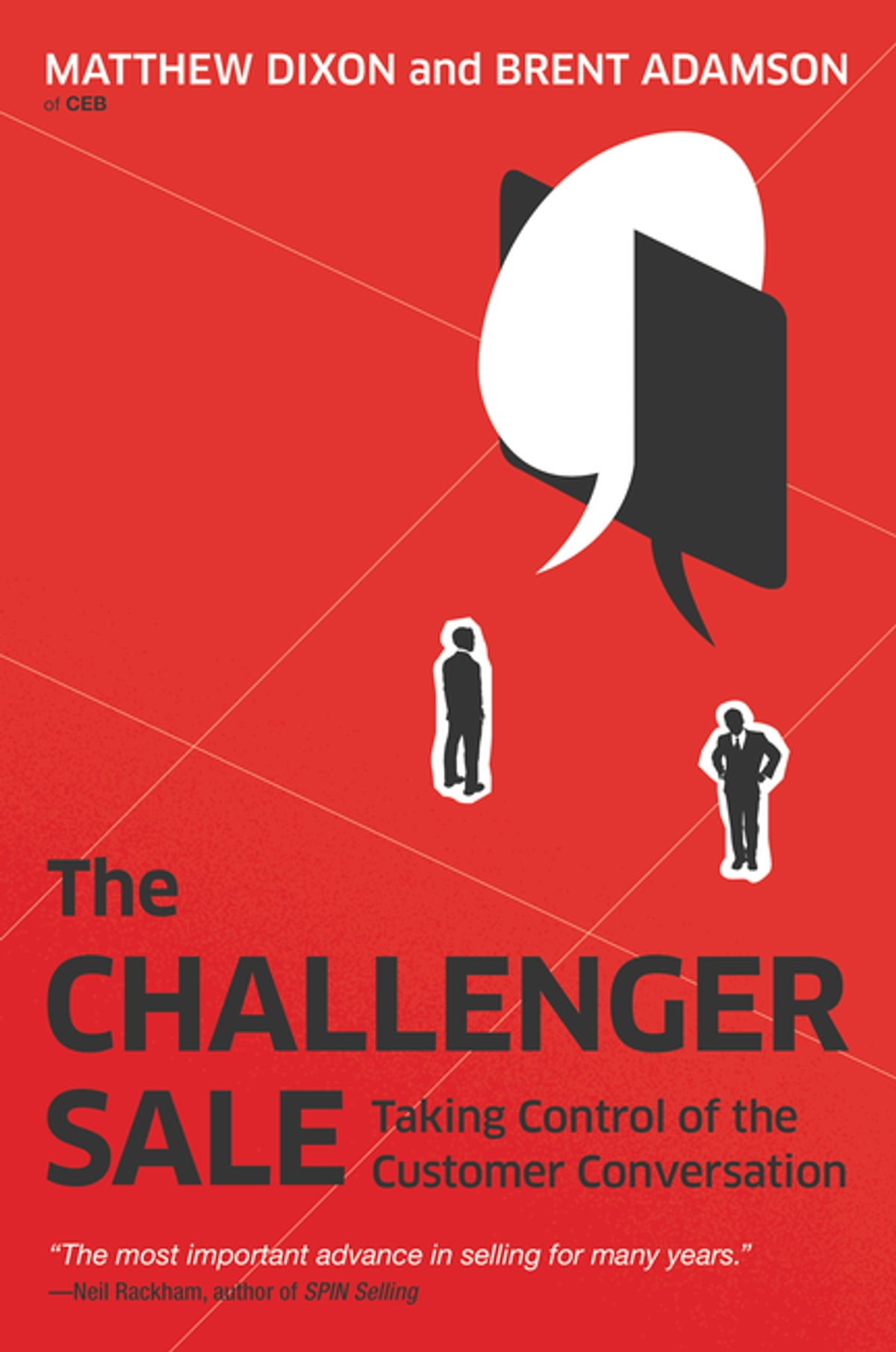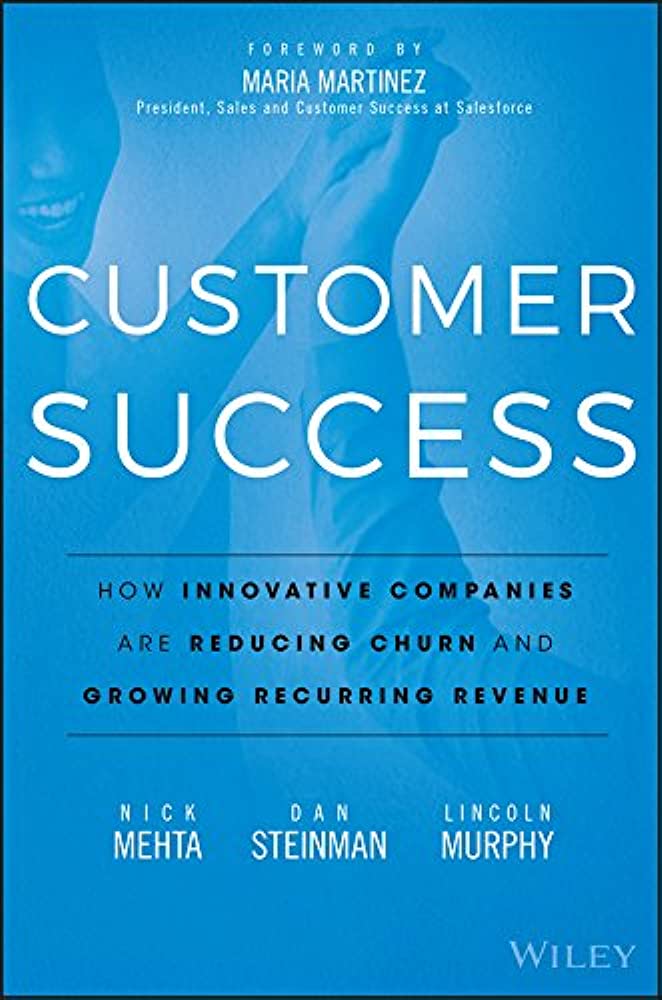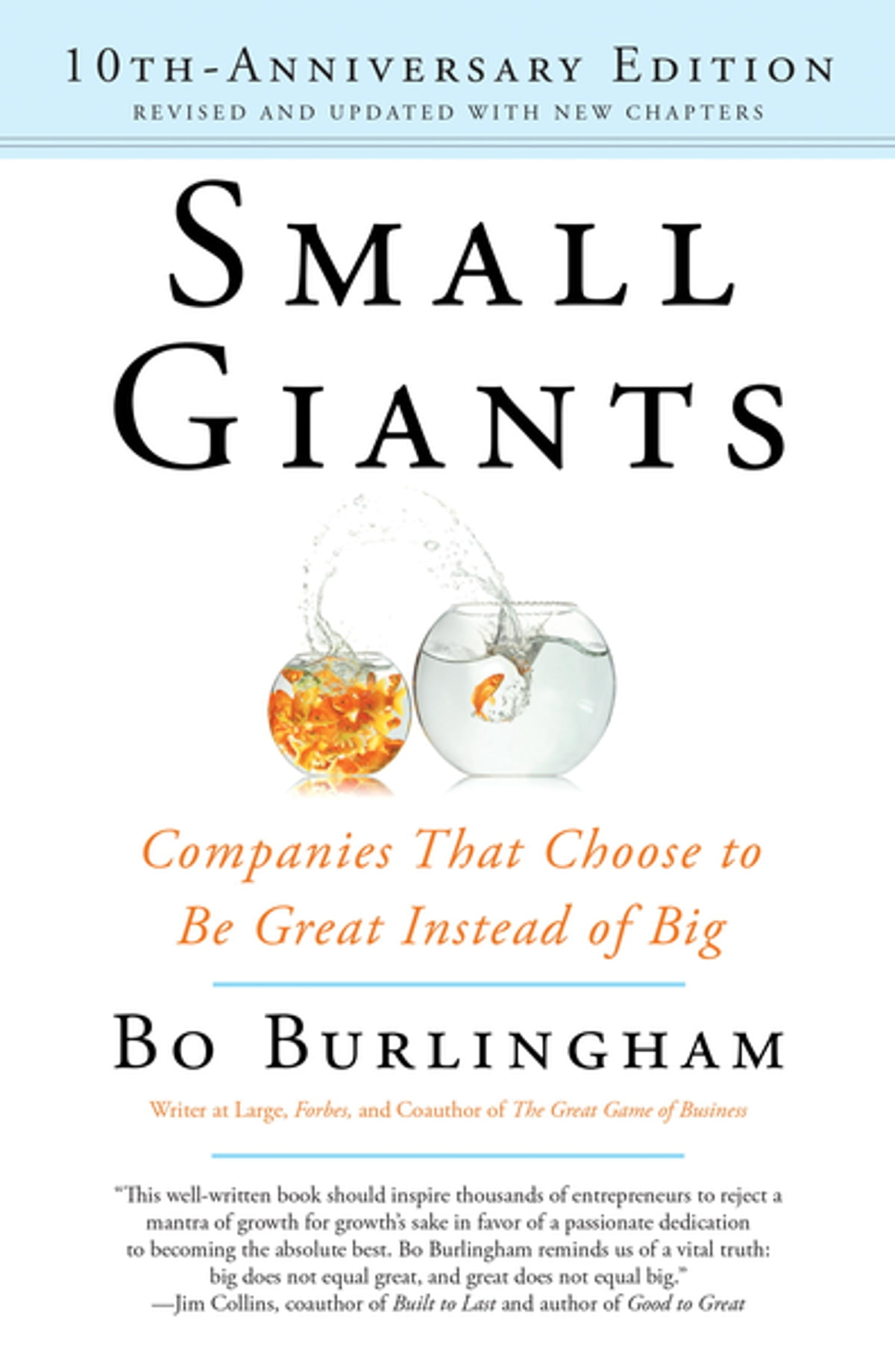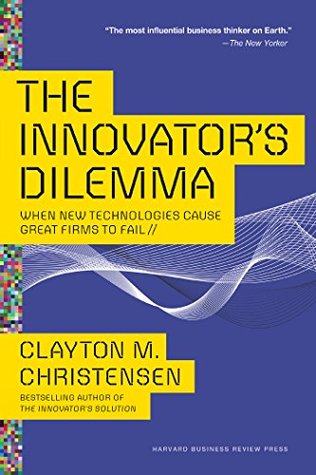The Personal MBA
by Josh Kauffman
- Business
- Ashto =
- Jonesy =
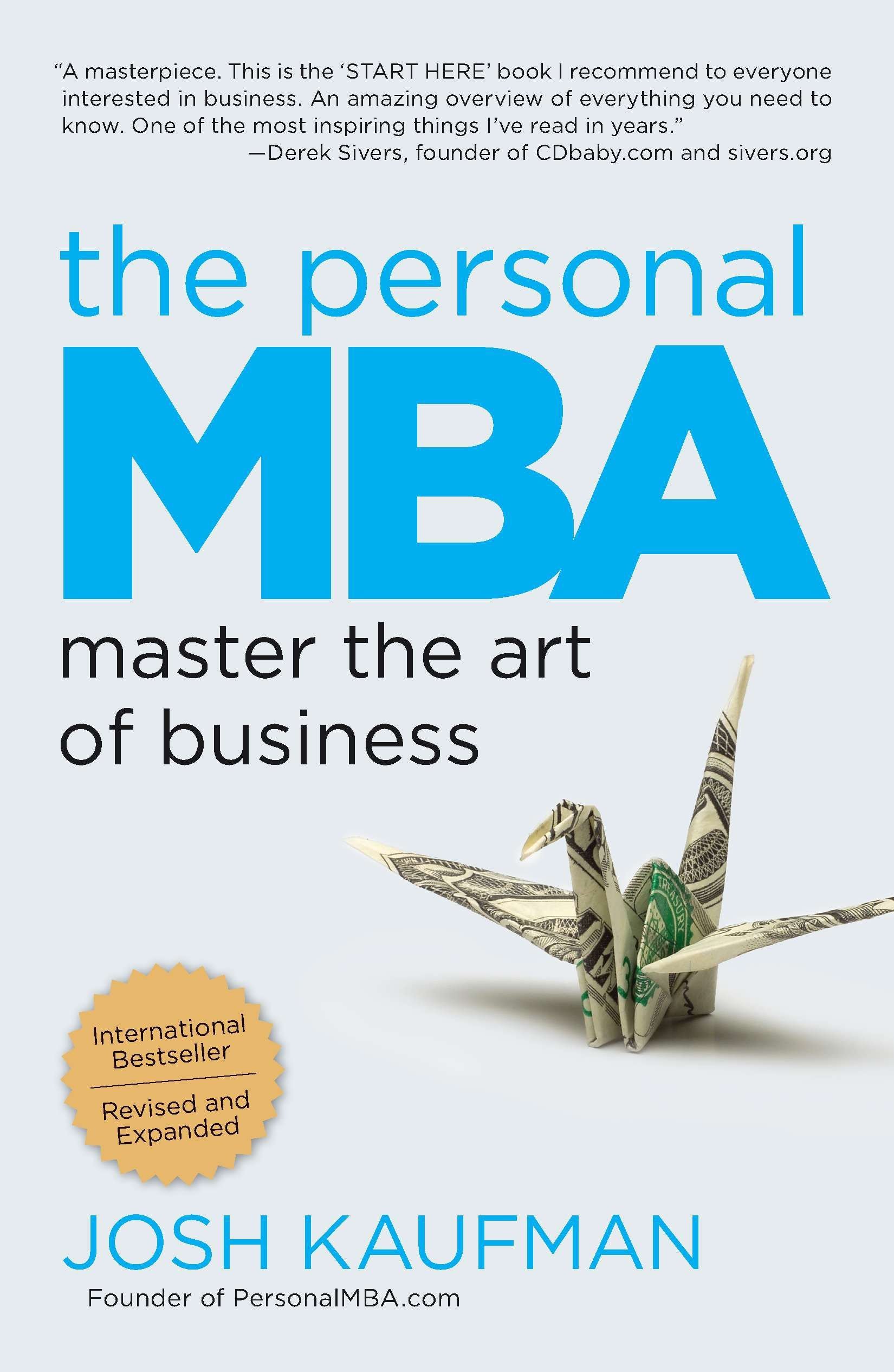
The Personal MBA – by Josh Kaufman
Compared to The Personal MBA the traditional MBA is so expensive that you need to mortgage your life, they teach out-dated concepts and can’t guarantee a high paying job. You’re almost certainly better off buying a bunch of books and trying a bunch of things yourself first before making such a major investment of time and money. The personal MBA is a book that combines all of the business concepts you can expect from an MBA, for the price of a book.
In this episode we cover the 5 parts of a business:
- Value creation – discovering what people need or want, then creating it
- Marketing – attracting attention to build demand
- Sales – turning prospective customers into paying customers
- Value delivery – giving customers what you’ve promised and ensuring that they’re satisfied
- Finance – bringing in enough money to make your effort worth while
The Personal MBA Summary
The traditional MBA is so expensive that you need to mortgage your life, they teach out dated concepts and can’t guarantee a high paying job. Actual experience combined with 30-40 books is perhaps more valuable. . The Personal MBA aims to package all of the best need to know information from the 5 elements of business, without the hefty price tag.
Value Creation – discovering what people need or want, then creating it
Every successful business creates something of value. The world is full of opportunities to make other people’s lives better in some way, and your job as a business person is to identify things that people don’t have enough of, then find a way to provide them. The value you create can take on several different forms, but the purpose is always the same: to make someone else’s life a little bit better. Without value creation, businesses can’t exist – you can’t transact with others unless you have something valuable to trade.
Josh provides the 10 Ways to Evaluate a Market. To determine the market’s potential, rate each of the following 10 factors from 0 to 10, 0 being unattractive and 10 being extremely attractive.
Urgency: How badly do they need it right now?
Market size: How many people are purchasing things like this?
Pricing potential: What is the highest price a typical purchaser would spend for a solution?
Cost of customer acquisition: How easy is it to acquire a new customer? On average, how much will it cost to generate a sale in both money and effort?
Cost of value delivery: How much would it cost to create and deliver the value offered? Both in money and effort?
Uniqueness of offer: How unique is your offer versus competing offerings in the market
Speed to market: How quickly can you create something to sell
Up front investment: How much will you need to invest before ready to sell?
Upsell potential: Are there related secondary offers that you can also present?
Evergreen potential: Once your offer has been created, how much additional work do you need to put in per order?
When done, add your score. If it is 75 or above, you have a promising idea.
Marketing – attracting attention to build demand
Offering value isn’t merely enough. If no one knows (or cares) about what you have to offer, it doesn’t matter how much value you create. Without marketing, no business can survive. People who don’t know you exist can’t purchase what you have to offer. Marketing is about getting noticed, sales is about closing the deal.
Rule #1 of marketing is that you need quality attention. Your potential customers attention is limited. Keeping up with everything in your world would require way more attention than you actually have to work with. Attention doesn’t matter if people don’t care about what you’re doing. If attention is all you’re looking for, skip down the street in a bunny suit. When it comes to business, some attention isn’t worth having. You want the attention of the people who will potentially buy from you, otherwise you’re wasting your time.
Most business opportunity seekers aren’t really interested in the day to day details and responsibilities of running a business. They buy business books and courses because they want to experience a more prosperous, abundant and hopeful future. Most drivers don’t buy expensive off road capable vehicles because they actually drive off the road – they buy them because it makes them feel adventurous and bold, capable of meeting the driving challenge.
Marketing is most effective when it focuses on the desired End Result
Sales – turning prospective customers into paying customers
Every single business ultimately sells what it has to offer. Having millions of prospects means nothing if no one actually pulls out their wallet and says “I’ll take one”. The best businesses in the world earn the trust of their prospects and help them understand why the offer is worth paying for. No one wants to make a bad decision and be taken advantage of
So sales mostly consists of helping the prospect understand what’s important and convincing them you’re actually capable of delivering. In every negotiation, there are 3 universal currencies
Resources – are tangible items like money, gold, oil. Resources are physical, you can hold them in your hand
Time – if you go to work as an hourly employee, you are trading a certain time and effort for a certain amount of resources
Flexibility – is quite underrated. Becoming a salaried employee isn’t a straightforward exchange of resources for effort, you also give up flexibility. There is an implicit agreement you won’t work on things you’re not meant to at work, this is a very real opportunity cost.
Keep the 3 universal currencies in mind when negotiating and you’ll be amazed at the range of potential options you can present to the other party.
Value Delivery – giving customers what you’ve promised and ensuring that they’re satisfied
Every successful business actually delivers what it promises to customers. Value delivery involves everything necessary to ensure that a paying customer is a happy customer. If performance is better than expectations, the customer’s perception of quality will be high. If it’s performance is low than expectations, the perception will be low no matter how good the offer is on absolute terms. The way to consistently surpass expectations is to give your customers an unexpected bonus in addition to the value they expect.
Finance – bringing in enough money to make your effort worth while
People typically enjoy learning about Value Creation, Marketing, Sales and Value Delivery – they’re easy to understand and visualize. But when it comes to finance their eyes glaze over. Finance is actually easy to understand if you focus on what’s important.




